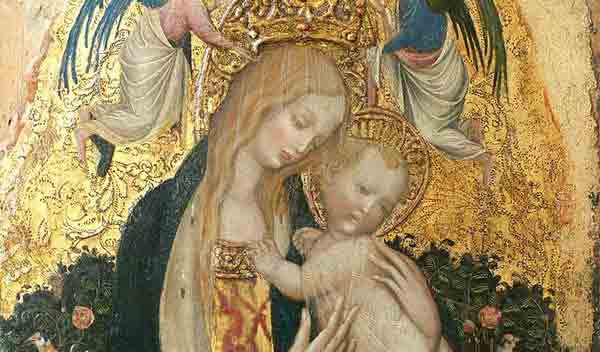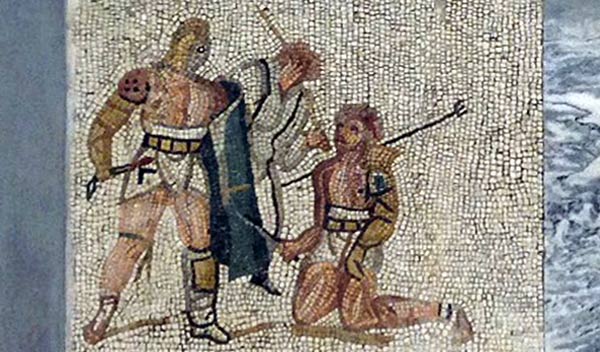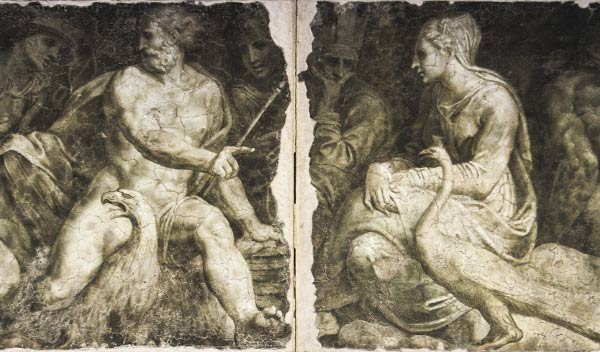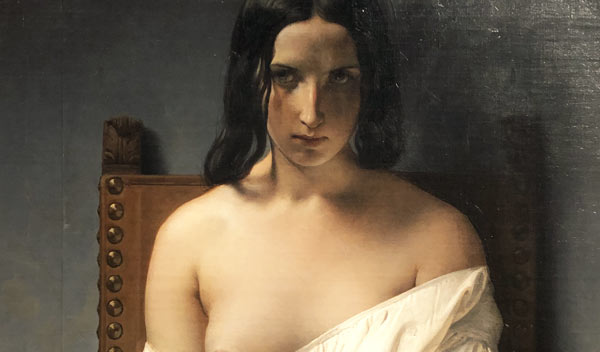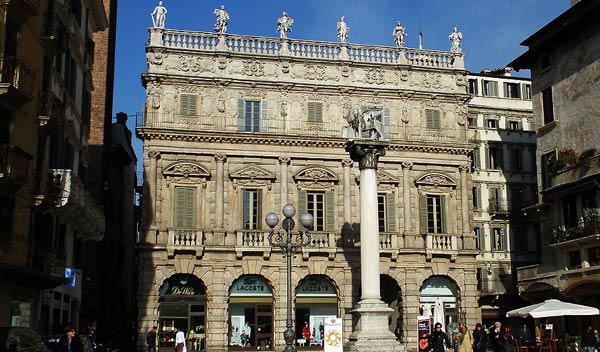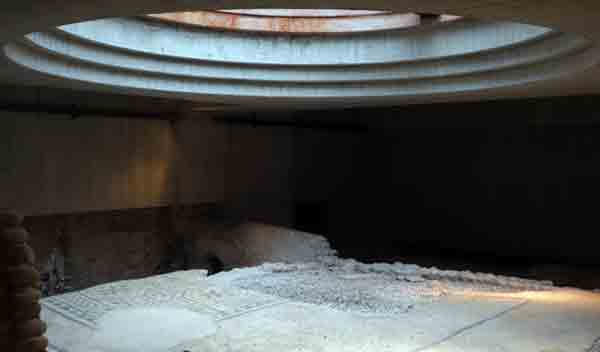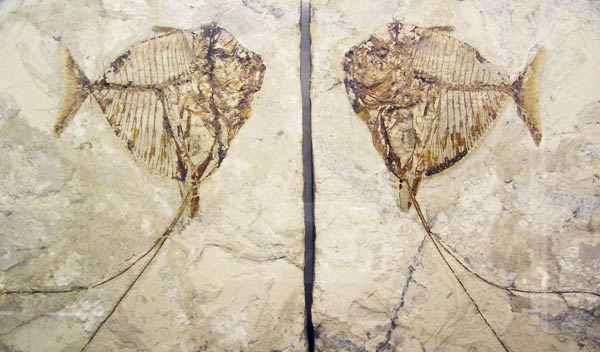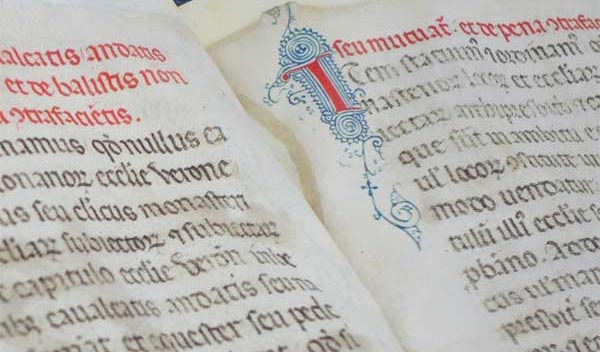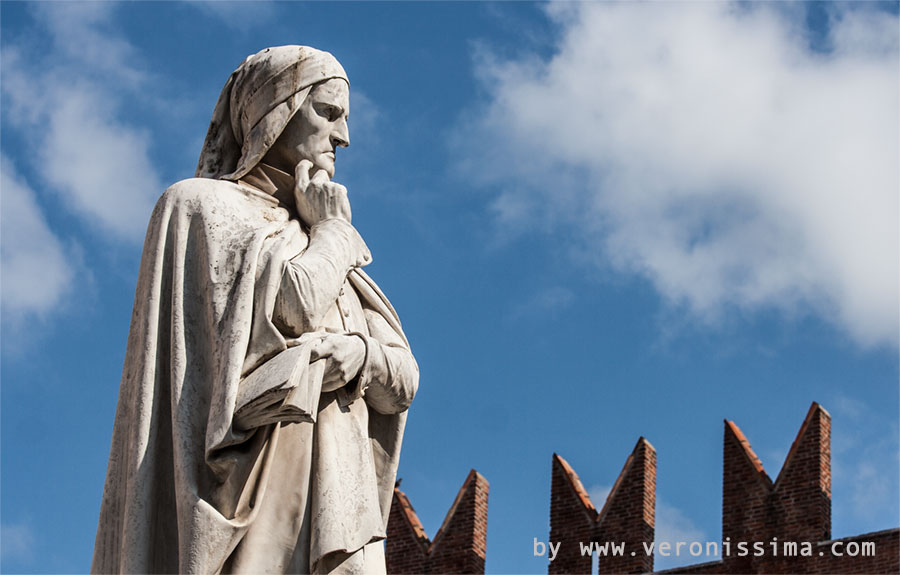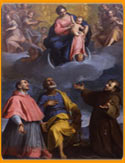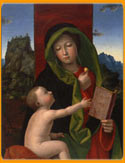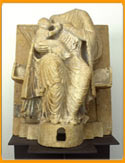Capitolare Library
The Biblioteca Capitolare di Verona (Verona Chapter Library) is the oldest library in the world among those still existing, a treasure of culture and knowledge handed down for more than fifteen centuries. You can take guided tours of the Chapter Library which, together with the Duomo complex, allows revive some of the most important moments in the history of Verona, Italy and Europe.
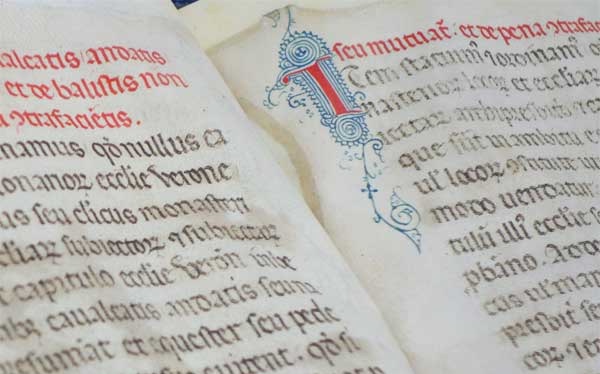
A guided tour of Verona's Chapter Library is a unique and exciting experience. You will find yourself immersed in history with a tangible link to the most remote periods of Western identity and culture. The visit is for everyone: enthusiasts, the curious and is particularly suitable for an educational trip to Verona for schools of all levels.
The visit to the Capitolare library is normally included in the context of the Cathedral of Verona, with the remains of the early Christian church of St. Helen and the cloister of the Canons, places of great suggestion and mysticism.
Info & Guided Tours:
+39 333 2199 645 info@veronissima.com P.I. 03616420232 C.F. CPPMHL74L13L781C
The Ursicinus Codex and the birth of the Chapter Library
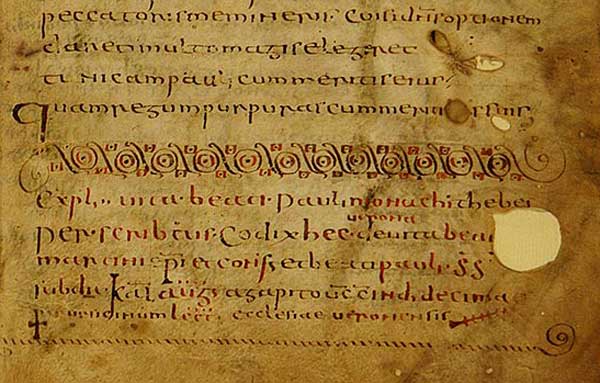
The Capitular Library of Verona is officially the oldest library in the world. Ursicinus, amanuensis of the Veronese church, signs the codex he has just finished writing by hand with the date: August 1, 517 AD. It is the oldest dated document of the medieval West, and it proves without doubt that at the beginning of the sixth century, a few decades after the end of the Roman Empire, there was already an active scriptorium in Verona with an adjoining library, the oldest in the world among those still existing.
There are no documents proving an earlier date, but it is more than legitimate to think that a place dedicated to the production and preservation of books was already active even in the early decades of the fourth century.
At the origin of Verona church

After the edict of Constantine in 313 A.D., Christians were able to freely profess their faith after the years of persecution, and they began to build the first public places of worship. The first early Christian churches in Verona were built close to the ancient baths and their remains, with magnificent mosaics, are still visible under the church of Sant'Elena and the cloister of the Museo Canonicale. Where there were places of worship and priests there was a need for sacred texts.
The Canons' Chapter
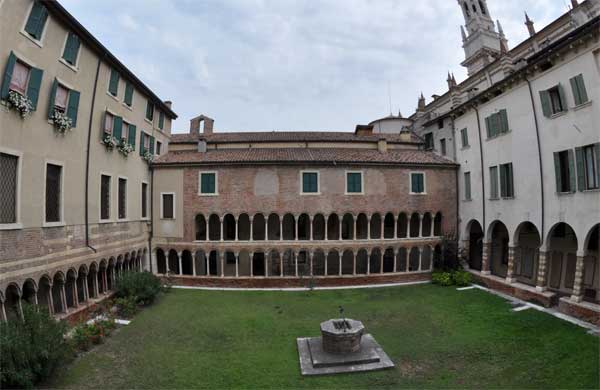
The library was entrusted to the Chapter of Canons, a congregation of twelve ecclesiastics who, alongside the bishop and often in conflict with him, had the task of training new priests through the study of liturgical books, patristic and biblical texts and also classical culture. The church of Sant'Elena, close to the cathedral, became the church of the Chapter, an institution which still exists today and which owns the library. The activity of the scriptorium gradually intensified, as did the conservation and loan of texts that were exchanged with churches and monasteries throughout Europe. It is surprising to note how far the precious books traveled in an era in which connections were difficult and dangerous. The various stops were noted on the pages by those who received them and kept them for a certain period. In the libraries annexed to the places of worship a part of the knowledge and literature of antiquity was preserved in times of terrible upheavals.
The Capitolare Heritage
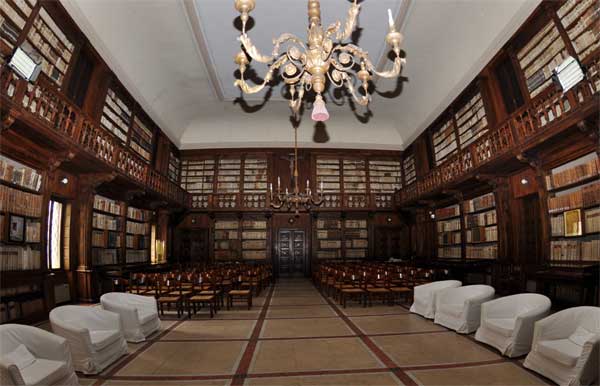
The Capitular Library has preserved its treasures, that is, manuscripts and documents, throughout the barbarian invasions and the succession of invaders and new rulers: Theodoric with the Goths, Alboin and the Lombards, Charlemagne. Although wars, raids, flooding of the Adige River, bombs, time and atmospheric agents have damaged, at times irreparably, much of its patrimony, it still preserves 1200 manuscripts, 245 incunabula (the first printed books of the 1400s), 2500 cinquecentine (books printed in the 1500s), 2800 seicentine (books made in the 1600s) for a total of 70,000 volumes plus a substantial documentary archive. Some of these texts are extraordinary and astounding testimonies for their importance and beauty, parchment volumes written in elegant and refined calligraphy, which changes with the epoch, embellished with precious miniatures, real masterpieces of painting condensed in a few square centimeters.
The Veronese Riddle
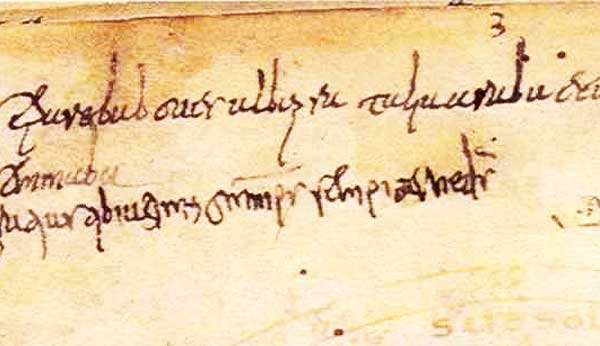
Of all the texts preserved, perhaps the most famous is the famous Veronese riddle, the first known vernacular text written at a time when writing was reserved for Latin, still the official language. It is a line and a half of cursive writing, indecipherable except to scholars, written by an anonymous amanuensis in the margins of a Mozarabic prayer book, a collection of prayers from Spain under Arab domination in the eighth century. By studying the various annotations made during its travels, it was possible to retrace the adventurous journey that brought it first to Cagliari, then to Pavia (in 732), and finally to Verona. Here, a scribe, perhaps to try a quill, perhaps not to forget the funny enigma that a colleague had submitted to him during a break in the hard work of copying, affixed:
Se pareba boves, alba pratàlia aràba et albo versòrio teneba, et negro sèmen seminaba
Ossia:
He kept oxen before him, plowed white fields, and a white plow he kept and a black seed he sowed
Le Istituzioni di Gaio
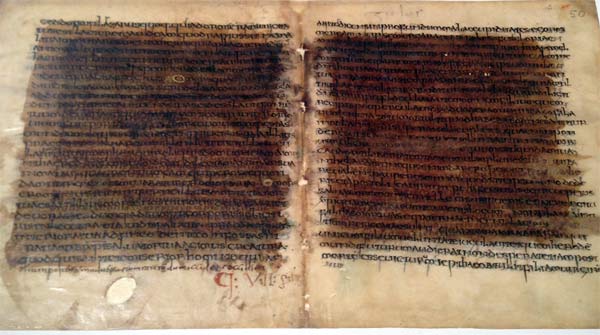
Another exceptional discovery was that of the Institutions of Gaius, a fundamental work of Roman law found in a palimpsest text at the beginning of the nineteenth century. Palimpsests are parchments that, when calfskin or lambskin, the raw material for the production of manuscript sheets, were scarce, were reused by scraping off the previous writing. The signs of the letters of the old text, however, did not disappear completely and, in particular conditions and with the use of certain reagents, could be read again. One of the oldest codices in the Capitolare is also a palimpsest, with fragments of Virgil, Livy and a treatise by an unknown Greek philosopher.
Dante and Petrarca
Other texts of extraordinary historical value are the letters of Cicero, discovered inside the Capitolare by an exceptional researcher, Francesco Petrarch, who spent a lot of time there during his stays in Verona. There is no certain evidence that Dante Alighieri, who spent seven years in Verona during his exile from Florence, frequented the library. However, if one considers the amount of information and knowledge contained in the Divine Comedy, which was partly written in Verona, one can easily hypothesize that Dante searched, even among the books of the Capitolare, for sources for his work. Today, with the ease of access to all human knowledge through the Internet, we forget that, until not a few decades ago, the only access to knowledge was through libraries.
If you want to know more
Plagues, Floods and Wars
Over the centuries, flooding of the Adige River, near which the Capitolare is located, other natural disasters, and wars and looting damaged many of the manuscripts. Some were lost.
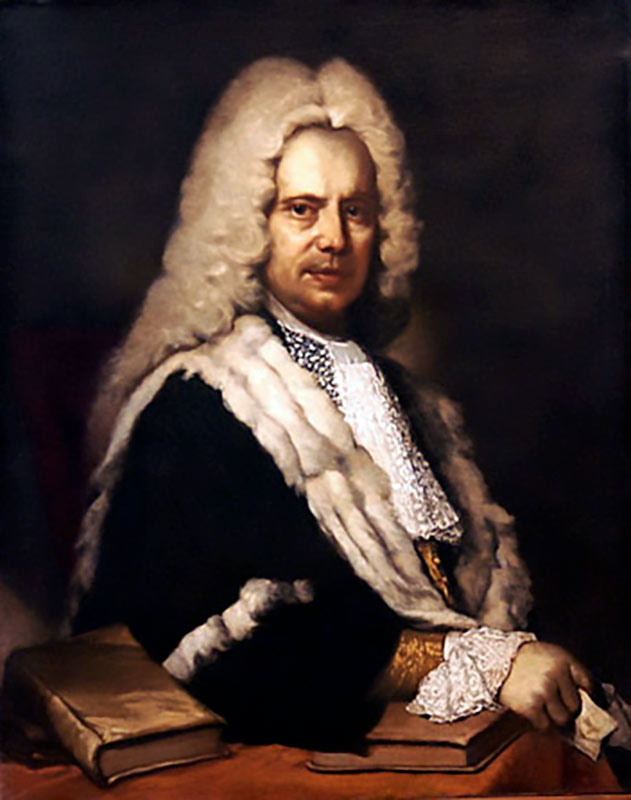
In 1630, during the great plague, the librarian, in order to save the most precious manuscripts from the looting of the jackals, hid them shortly before he himself died of the plague, taking with him the secret of the place where they were located. The manuscripts were daringly rediscovered a century later by Scipione Maffei, the great Veronese humanist.
At the end of the 18th century, Napoleon stole some precious codices from the Capitolare.
But the hardest blow to the Chapter House came on January 4, 1945, when an American plane bomb razed the ancient structure to the ground. The oldest and most precious manuscripts had long since been moved to safety, but many books of inestimable value were destroyed or damaged. Scattered sheets and fragments were recovered and restored. The eighteenth-century room was completely rebuilt, and the work of study and research resumed as it had in the previous fifteen centuries, never interrupted despite everything.
The Capitolare today
Today, the Chapter Library presents itself with the signs of a long, complex and dramatic history, open to scholars and researchers from all over the world. The process of restoration, preservation and digitalization of the most delicate codices continues so as to allow them to be consulted while avoiding as much as possible contact with air and light, among the worst enemies of parchment and paper.
Canonicale Museum
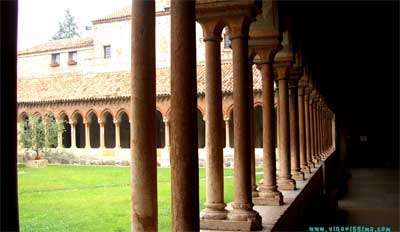
The artistic collections housed in the Chapter Library of Verona boast a history of distant origins, closely linked to the secular events of the Chapter of the Canons of the Cathedral.
The museum is set up in the cloister of the cathedral, an area built on the remains of two early Christian basilicas dating back to the fourth and fifth centuries AD, whose mosaic floors can now be partially visited under the cloister itself and under Sant'Elena and which, with the cloister, the adjacent cathedral and the Capitular Library itself, constitute the ideal introduction to the visit. In the Capitular Museum are exhibited various and valuable works of sacred art, paintings of various periods and schools, sculptures, objects of worship and sacred vestments.
Tours
The opera museum of Verona has free admission and for those who come to Verona to attend the opera in the Arena, represents a very interesting insight into the history of opera in the city, as well as a unique opportunity to see the inside of a typical Veronese noble palace.
Info e Visite Guidate
Enquiries and Bookings:
+39 333 2199 645 info@veronissima.com P.I. 03616420232 C.F. CPPMHL74L13L781C

 IT
IT 日本
日本 DE
DE FR
FR 中文
中文 ES
ES